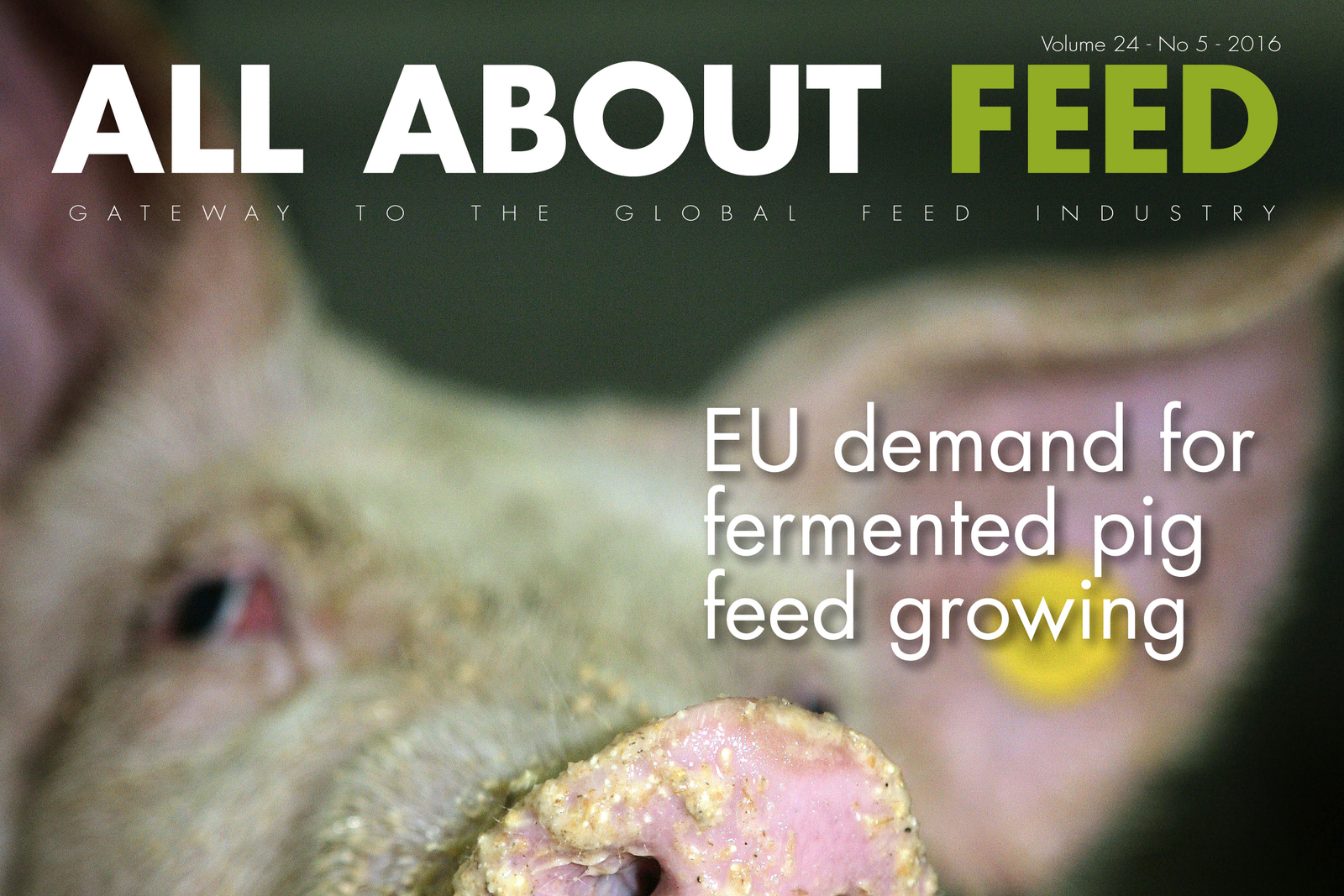All About Feed June issue now available

The latest issue of All About Feed (number 5) is now available online and focuses on plant extracts, fermented liquid feed for pigs and why the demand for soya bean meal is growing in Thailand.
Antibiotic growth promoters have been banned in the European Union since 2006. Nevertheless, ten years later, the subject is at the top of the animal production sector’s agenda, higher than ever before. From a nutritional perspective, plant extracts are considered one of the most promising solutions to successfully reduce the use of antibiotics around the world, based on proven results in the field.
Plant extracts as AGP alternative
In this issue of All About Feed, we take a look at these plant extracts and what the effects are in different animal species. In the article on page 20 we take a look at secondary plant compounds for shrimp. Trials showed that these secondary plant compounds appear to be good alternatives to antibiotic growth promoters. Especially in critical phases such as disease, they show their potential and decrease mortality rates.
Fermented liquid feed good for pigs
Also in this issue we take a look at the developments regarding fermented liquid feed for pigs. Fermentation is a process by which lactic acid is formed. Lactic acid is good for the intestinal health of pigs. Although this is nothing new, it has taken a number of years to optimise the process. Bram van den Oever, pig nutritionist at ForFarmers and specialist in liquid feed and fermentation, explains to All About Feed in greater detail what the benefits are of this type of feeding. This Dutch feed company has been investing in fermented feed for many years and has developed its own complete concept.

Asia’s appetite for soya bean meal
TVO is Southeast Asia’s largest soya bean oilseed processor, managing four crushing facilities and three refineries in Thailand. All About Feed talked to Supachai Vitayatanagorn, who heads the International Business Unit of the company. In the article on page 12 he explained that Thailand consumes around 4.2 million tons of soya meal each year. In the whole of Thailand, around 1.4 million tons of soya meal are produced locally, the largest share of which is produced by TVO (between 65-70%). “The soya meal market for use in animal feed is growing in Thailand by around 10% per year,” explains Vitayatanagorn.

To read all the articles in the June edition of All About Feed, go to the magazine overview page and sign up with your current website login.











